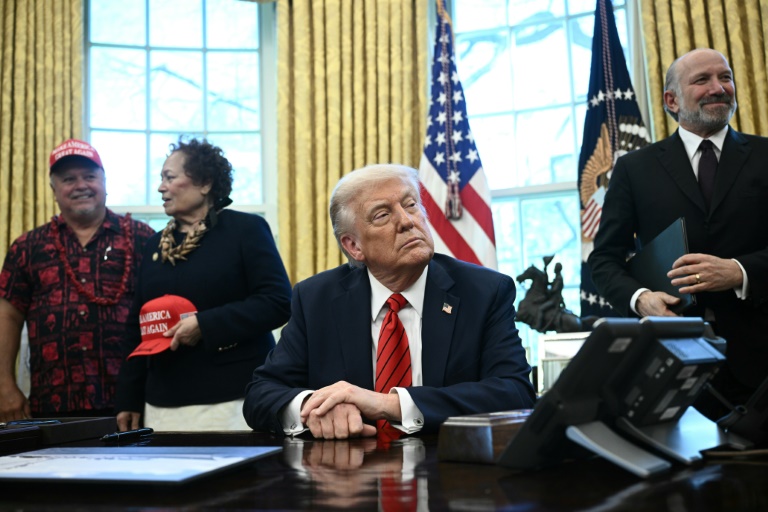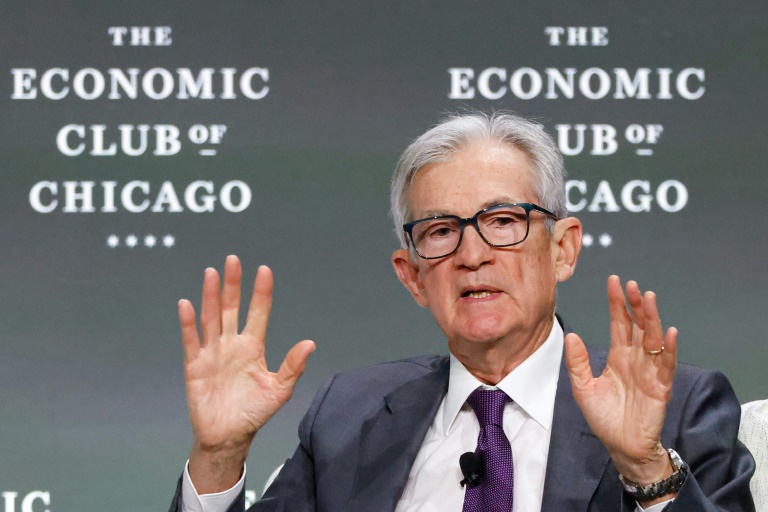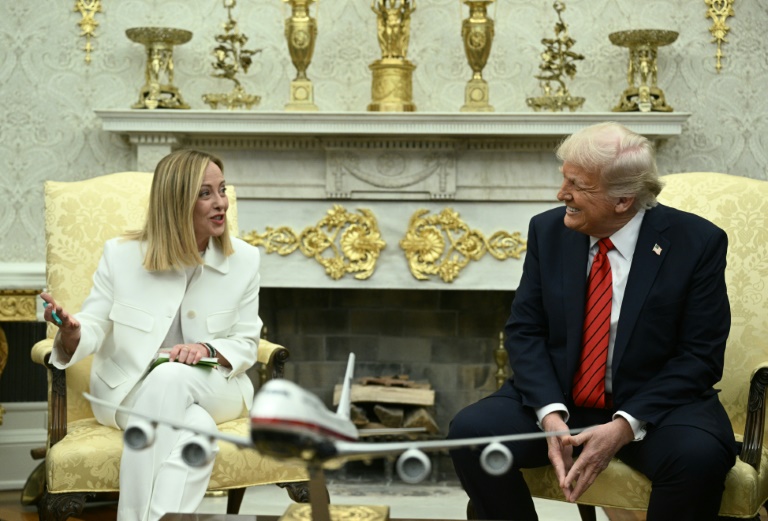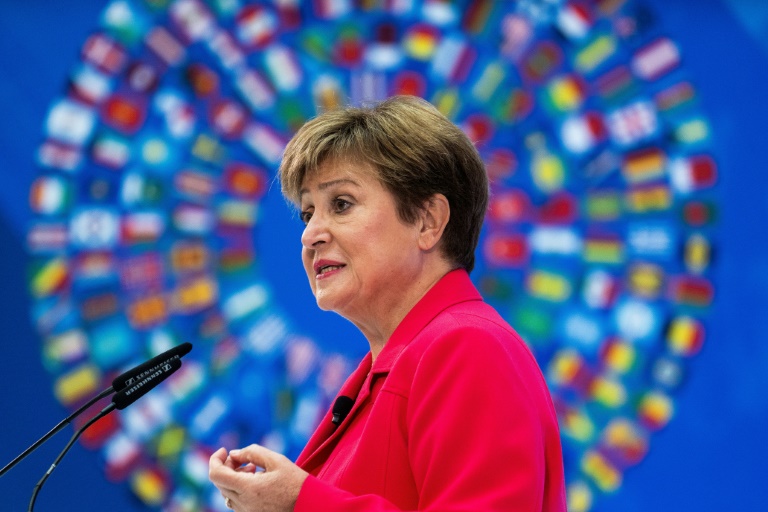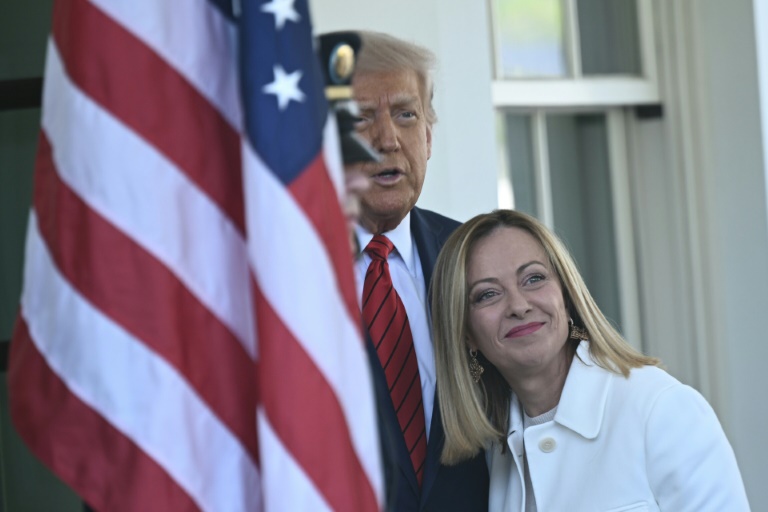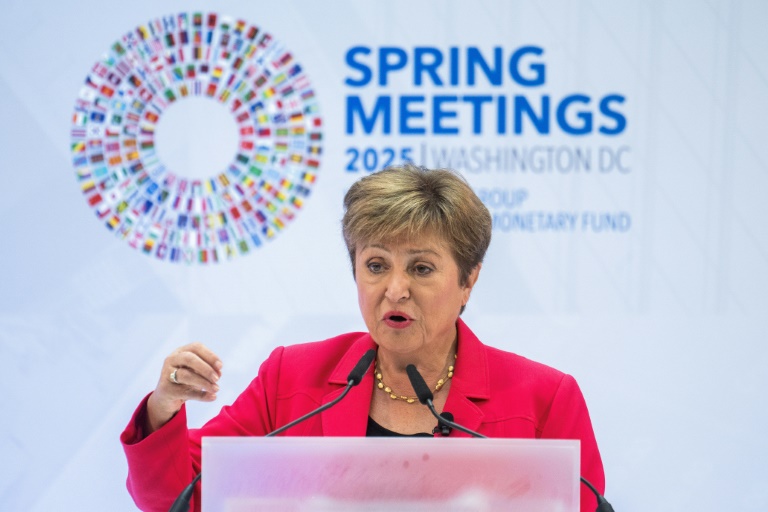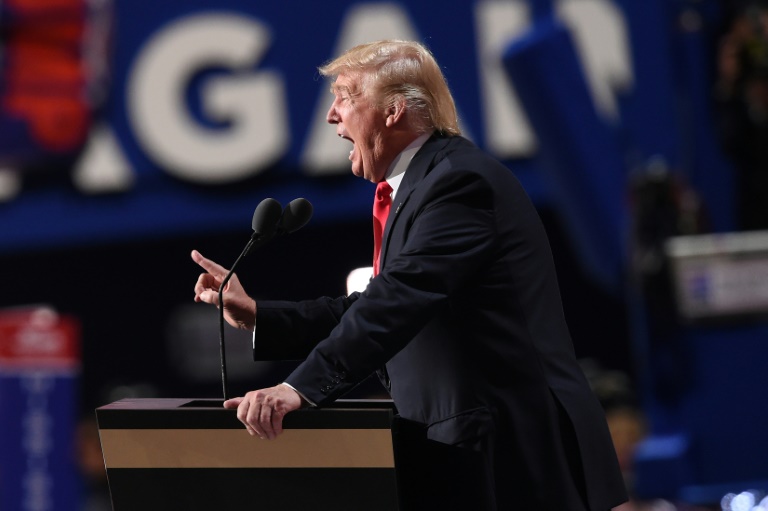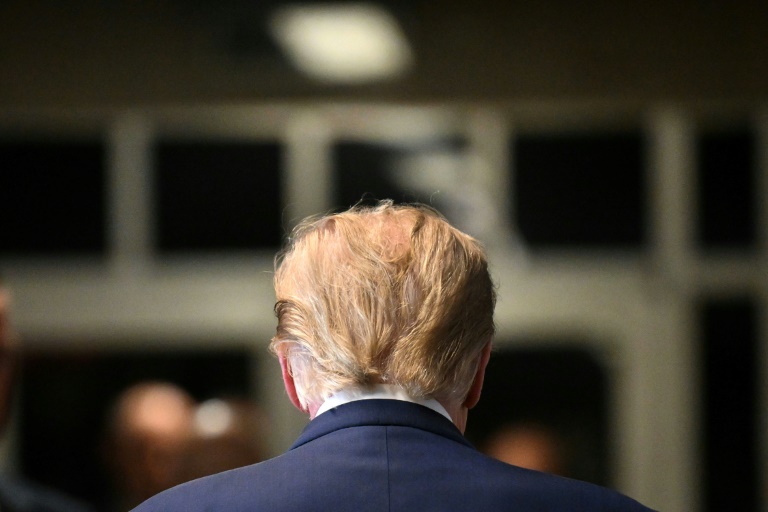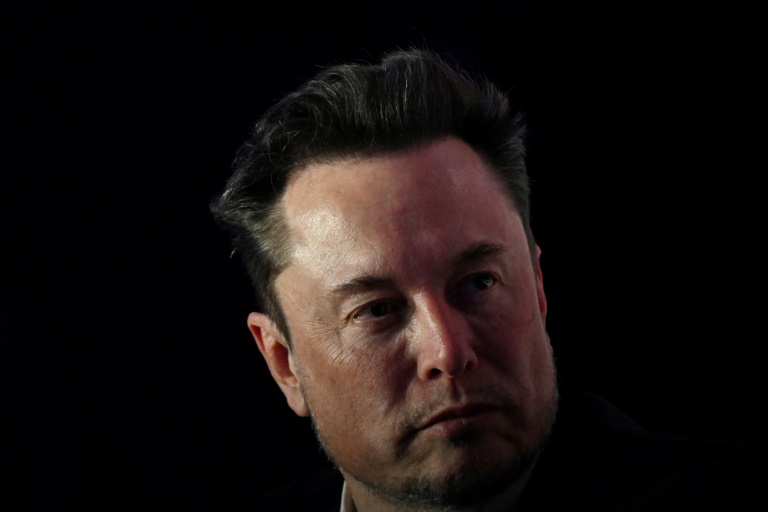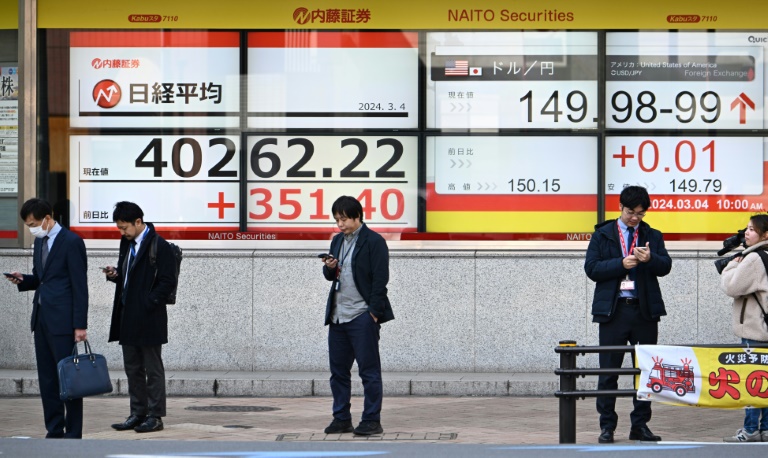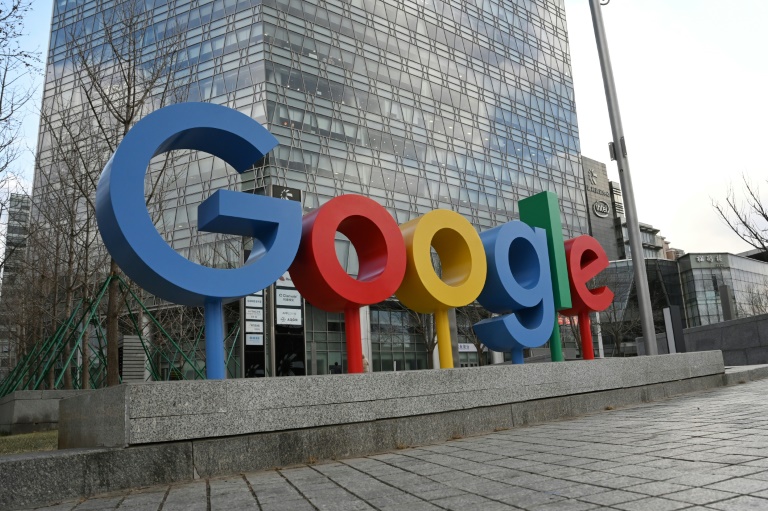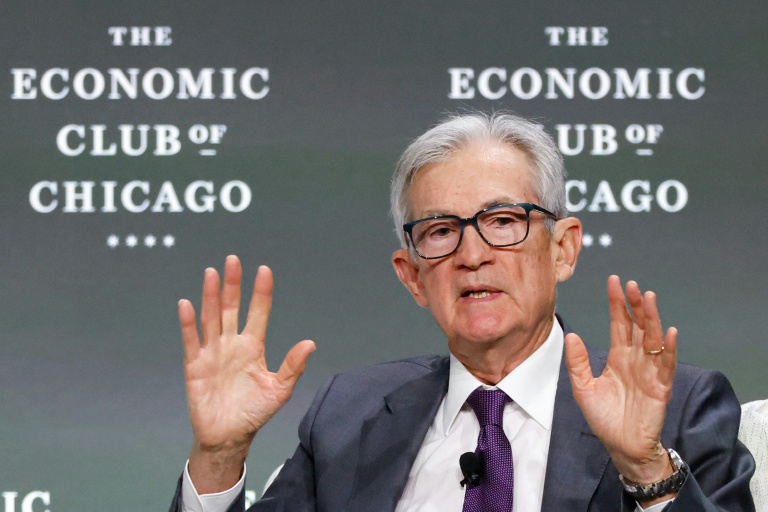Washington (AFP) – US inflation — set to be a key issue for incoming president Donald Trump — accelerated slightly last month, according to data published Wednesday, underscoring price pressures in the world’s largest economy. The personal consumption expenditures (PCE) price index rose 2.3 percent in the 12 months to October, up from 2.1 percent in September, the Commerce Department announced. This was in line with the median forecast from economists surveyed by Dow Jones Newswires and The Wall Street Journal.
Despite the small uptick last month, headline PCE inflation remains close to the Fed’s long-term target of two percent, keeping the bank’s inflation fight largely on track. The Fed — the independent US central bank — is responsible for tackling inflation and unemployment, largely by hiking or lowering interest rates to affect demand. This indirectly impacts the cost of borrowing for consumers and businesses, affecting everything from mortgages to car loans.
“Today’s data show inflation has fallen to 2.3%, similar to the level before the pandemic, while our economy has continued to expand by nearly 3% per year,” White House National Economic Advisor Lael Brainard said in a statement. “After a hard-fought recovery, we are making progress for working families,” she added. “Those readings are encouraging enough, in our opinion, for the Federal Reserve to go ahead and cut rates 25 basis points next month,” Nationwide chief economist Kathy Bostjancic told AFP. “But you know, it’s still a close call.”
– Rise in healthcare costs –
The increase in inflation was driven by the services sector, where prices increased by 3.9 percent from a year earlier. Goods prices decreased 1.0 percent over the same period. The largest contributor to the increase was health care, which includes both hospitals and outpatient services. On a monthly basis, the PCE price index rose 0.2 percent between September and October, the same as the month prior, the Commerce Department said. This was also in line with expectations. Excluding the volatile food and energy segments, the core PCE price index was up 2.8 percent from a year earlier, and by 0.3 percent from a month earlier.
Personal income rose 0.6 percent month-on-month, an acceleration from September, when it rose by 0.3 percent. “The acceleration in nominal personal income growth in October is encouraging,” Oxford Economics chief US economist Ryan Sweet wrote in a note to clients. The rate of personal saving as a percentage of disposable income also rose, edging up 4.4 percent from a revised figure of 4.1 percent a month earlier. This indicates that consumers saved more money last month than they did in September.
– Trump and the Fed –
Trump’s victory in the election has been broadly welcomed in the financial markets, but there have also been concerns that his widely-pledged rise in tariffs could be inflationary. In a worst-case scenario, this could force the Fed to keep interest rates higher than they otherwise would be, which could hit consumers in the pocket.
Futures traders see a roughly 70 percent chance that the Fed will cut rates by a quarter of a percentage point next month, up slightly from last week, according to data from CME Group. But next year, some analysts think the Fed could move more cautiously as it awaits the outcome of Trump’s economic policies. “We now think that there’s likely to be three 25 basis point rate cuts” in 2025, said Bostjancic from Nationwide. “Previously, we were actually looking for 125 basis points,” she added. “So, you know, we did pare that back.”
© 2024 AFP


